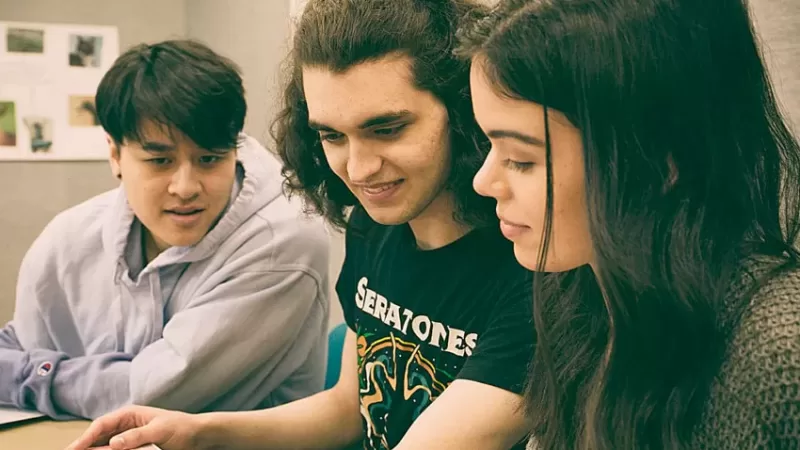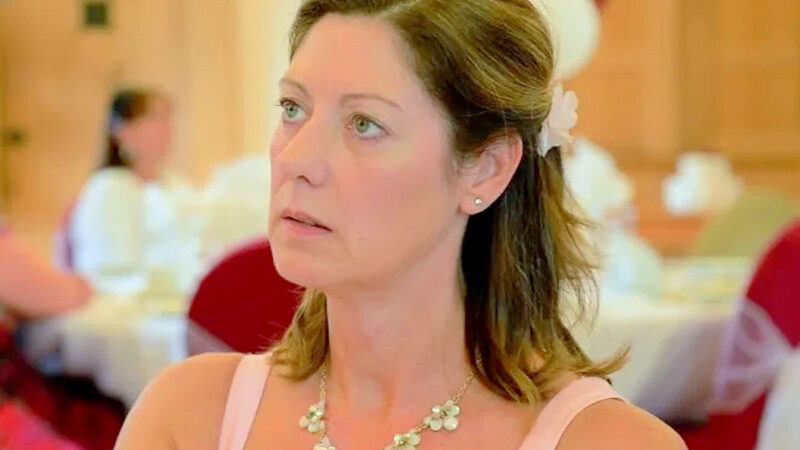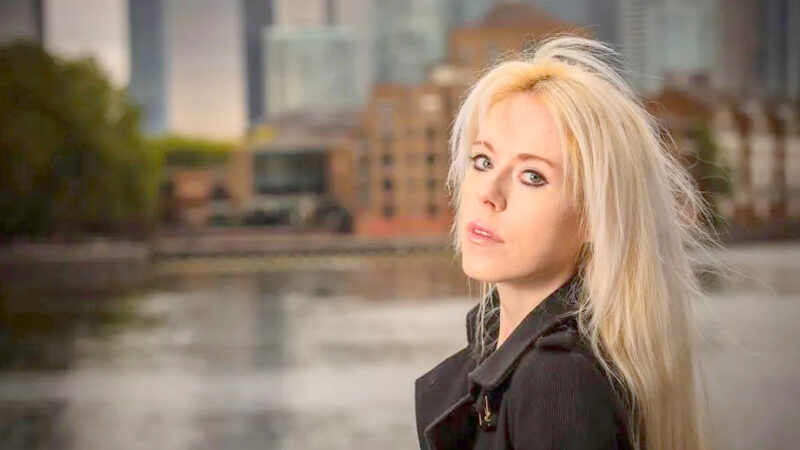
Emily Best founded Seed & Spark, a crowdfunding website dedicated to building audiences for indie movies. Best was named one of the 2013 Indiewire Influencers, and she is currently touring film and tech festivals around the world (e.g. Sundance, SXSWV2V, Sheffield, Galway) to educate filmmakers and learn their best practices in connecting with their audiences to build a sustainable career.
What experience has impacted the way you approach running Seed&Spark?
Emily Best (EB): I used to do strategic consulting for big companies, but I also managed restaurants, and before that, I studied anthropology.
Studying anthropology is when I got particularly interested in stories. I wrote my anthropology thesis (in 2002) on these burgeoning new internet communities called social networks, and how I believed they would give rise to new voices in society. So I guess I’ve had some version of Seed&Spark on my mind for the last decade.
Certainly managing restaurants is incredibly valuable to any small business: you learn to manage cash on tight margins. There are a lot of moving parts to a startup – just like to a restaurant and a film set. For the first four years, after I moved to New York (post-restaurants, pre-filmmaking), I was working with my dad in vision and values strategic consulting.
I sat in a lot of rooms with big companies who had big strategic problems. They succeeded together when they got excited about a unified, out-there-over-the-horizon vision. They agreed upon values (the principles from which we will not depart) that could guide their day-to-day decisions.
And we always encouraged the room to remember: the best idea could come from anyone at any time, and the question will be: is anyone listening? I think checking in together on a regular basis to make sure all the moving parts are working together, listening to the challenges faced by other departments, solving those problems together makes us a more unified, agile organization.
What are the differences between Seed & Spark and Kickstarter? When should a filmmaker work with you instead of “them”?
Emily Best (EB): We’re purpose-built just for film, which allows us to tailor the platform to some of the very specific needs of filmmakers. Getting a film made is not the point, it’s getting it seen. What we have built is an audience building tool, of which crowdfunding is just one component. Also, our crowdfunding success rate is 80% (compared to other platforms).
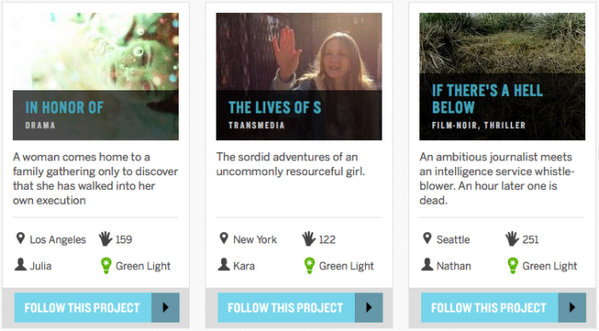
The crowdfunding tool works like a wedding registry: filmmakers list the items they need and their associated costs. Supporters can contribute cash towards those items, or loan or gift them to the production directly. I might not have $2500, but I have a car in my garage you could use for your picture car. That knocks money out of your budget and should advance you closer to your crowdfunding goal.
Crowdfunding allows a filmmaker to raise money while doing the hardest part of the marketing: identifying that core of audience influencers. If you come to a distributor with that audience already in place, you have a much better bargaining position.
Supporters of Seed&Spark crowdfunding campaigns earn rewards points called Sparks not just for funding a project, but also for following and sharing. A filmmaker can gather an audience beyond just the folks who can support them materially, and continue to grow that audience long after the campaign is finished.
They can spend those Sparks to watch finished films on our streaming platform. Which is the other thing we do differently: successful crowdfunding campaigns are guaranteed (but not required) distribution on our platform. Filmmakers keep 80% of the profits and 100% of the rights.
Filmmakers get to keep what they raise when they hit 80% of their goal – we call that the “GreenLight.” We charge a 5% fee on crowdfunding, but supporters are asked if they want to cover that fee upon checkout, and about 60% of them do. We do the payment processing so our fees are the lowest in the industry!
What’s your opinion about whether aspiring filmmakers should work on creating an award-winning short vs. jumping right into making features?
Emily Best (EB): Oof. That’s hard to say. I made a short a long time ago with no intention of ever being a filmmaker. I made a feature and discovered it’s what I most wanted to do. Based on that I would say I learned a lot more from making a feature.
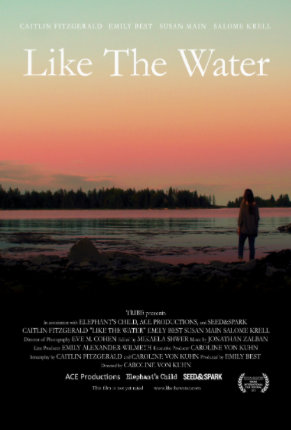
That said, it was insane what I did and I had to surround myself with experts in every key position because I did not know what I was doing. Short films are excellent ways to experiment and learn, and also start to build contacts and experience in the film festival circuit (and post production, and financing, and distribution) that will be invaluable to your feature filmmaking experience.
From experience: you are treated totally differently once you’ve made your first feature.
There is a baseline of respect offered to you once you’ve successfully endured that ordeal. It’s always an ordeal. “Ordeal” does not preclude the possibility that the experience are some of the most fun and rewarding of your life.
In addition to crowdfunding, what other funding tactics should independent filmmakers consider?
Emily Best (EB): If you want to get indie movies made, here are three things to consider:
- You should learn to raise equity, even from friends and family.
- You should know what investor contracts look like.
- You should build a deck for equity investment.
All this will help make you clearer about your idea. The way to talk to your community – your potential audience – is what you learn from crowdfunding, and it is essential to know how to do it. But if you’re going to make a career in filmmaking and indie movies, you have to know how to talk to investors, how to present your idea, and how to think of your film as if you were starting a company. The only way to learn it is to do it.
There are TONS of great grant-making organizations for films (especially first time features, docs, and social justice films). Sundance, SFFS, Film Independent, IFP,Chicken and Egg, Catapult Film Fund.
It’s also really helpful to know how to write a great grant application.
These three potential funding sources: your audience (in crowdfunding), investors, and grant-making organizations demand different ways of articulating your vision, and you should be able to do all three with every project. It will make your film better, and you a better filmmaker for that level of clarity.
What differentiates the films you accept into Seed & Spark from the ones you don’t?
Emily Best (EB): Clarity of vision!
For crowdfunding, we look at WHO, WHAT, and WHY. Does the team match the scope of the project (in size and experience)? Does the pitch video give us an example of what to expect? Can the team clearly articulate what they have to offer such that a community should want to get involved?
Great crowdfunding pitches always answer: “Why me? Why this? Why now?”
On the Cinema side we rely both on the curatorial vision of Amanda Trokan, our director of content, and that of the expert guest curators we invite to create “Conversations,” or slates of films grouped around a common idea, question, or theme. We look for fresh perspectives, and especially for the stuff you can only get away with in indie films: interesting, off-beat stories told creatively.
We’re always interested in new voices serving new communities.
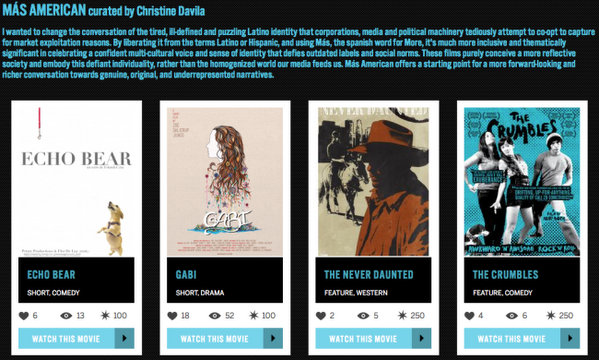
What are your three biggest challenges in growing Seed & Spark?
Emily Best (EB): The three biggest challenges are:
- Awareness. It takes a lot to get the word out. The space is crowded. We have to work hard for our place in it.
- Audience behavior. While Netflix occupies 35% of all the time the US spends on the internet, how do we get people to stream with us? We plan to start with the conscious consumers: the people who will change their behavior because they care about returning more of their money to the creator. And while we do that, we’re programming the best of the stuff you can’t find elsewhere. We believe filmmakers and audiences will choose Fair Trade Filmmaking if we make it easy.
- Globalization. Indie movie tastes really differ from country to country. We have a great desire to build a global film community but it takes a slow, hands-on approach
How has the film industry changed over the last few years?
Emily Best (EB): Funnily enough, I think the film business changes kind of slowly.
Yes, the DVD revenue disappeared really quickly, but you didn’t see the studios all of a sudden downsize. They instead changed the nature of the films they made. So while they’re remaking remakes and CGI-ing everything they can get their hands on, Indie Films I think are in the midst of a great resurgence. So many great stories with so much heart.
The indie movies landscape is forever changed by the audience building tools of the internet (social media, crowdfunding, Tugg, etc) but it will take time because those are tools for the long-tail. It’s so much cheaper to make a film now than it was 10 years ago, we’re seeing a rise in new voices.
Filmmaking is no longer just the purview of the very privileged, and new stories from new perspectives are popping up everywhere.
What changes are you expecting over the next few years?
Emily Best (EB): We’re going to have to confront the diminishing price of streaming films.
That means not giving stuff away for free. It also means not making movies for irresponsible budgets. Audiences are fragmented, and film budgets must respond in the near term.
As a result of crowdfunding, audiences are more actively engaged sooner in the process, right down to deciding which films they want to see made. As a result, I think films are actually going to get better.
This is a really exciting time, and if we’re responsible about budgets and growing audiences now, I think we can actually lift the margins on indie film in a few years.
I think we’ll see the role of the curator emerge as essential to how audiences consume content. It’s so hard to figure out what the hell to watch – everyone wants help from a trusted source!
Filmmakers will need to be more like rock stars: building a relationship with their audience as a rock star would with the first album – and aggregating that audience from film-to-film. I think niche audiences will be better served than ever before, and maybe, JUST MAYBE, we’ll change the ratio of women and minority writers, directors, actors, etc.
As you know, there’s a debate in Hollywood about whether female and minority writers and directors get the attention and opportunities that they should from the studios and networks. Independent film has a much lower barrier to entry than TV or studio film – are you seeing more women and minorities attempting crowdfunding? Are their projects getting funded?
Emily Best (EB): We are seeing more women and people of color attempting crowdfunding, especially on Seed&Spark. Women do tend to excel at crowdfunding (at least that we’ve seen so far). Beyond that, we don’t have much more than anectdotal evidence. I would love to get together with IGG, Kickstarter, RocketHub, GoFundMe, and many others for a longitudinal study on this very topic. I think we’d learn a lot.
If you could offer advice to screenwriters (from your POV as a funding expert), what would you tell them?
Emily Best (EB): Don’t be invisible. Build a relationship with your audience. Your voice – your view of the world, is a kind of brand. Let people engage in the conversations and processes that lead to your finished scripts. Take them along for the ride. It will make selling your script unbelievably easier in the long run.
Follow Emily Best on Social Media
Website
LinkedIn
Medium
Twitter
Jack Roper Joins Cast of Bruno Pischiutta’s Mega-Film Project, The Trilogy
British Actor Jack Roper joins Stephanie Tripp, Seven Grant, and Cristina Perez
The Exploding Boy by Monty Wolfe. The Micro-Budget Queer Coming Of Age Comedy
Monty Wolfe delivers an up-beat alternative to reboots, remakes, and sequels.
12 Year Old Actress, Sofia Carvalho: Emerges with a Bright Career Ahead
By Bruno Pischiutta


